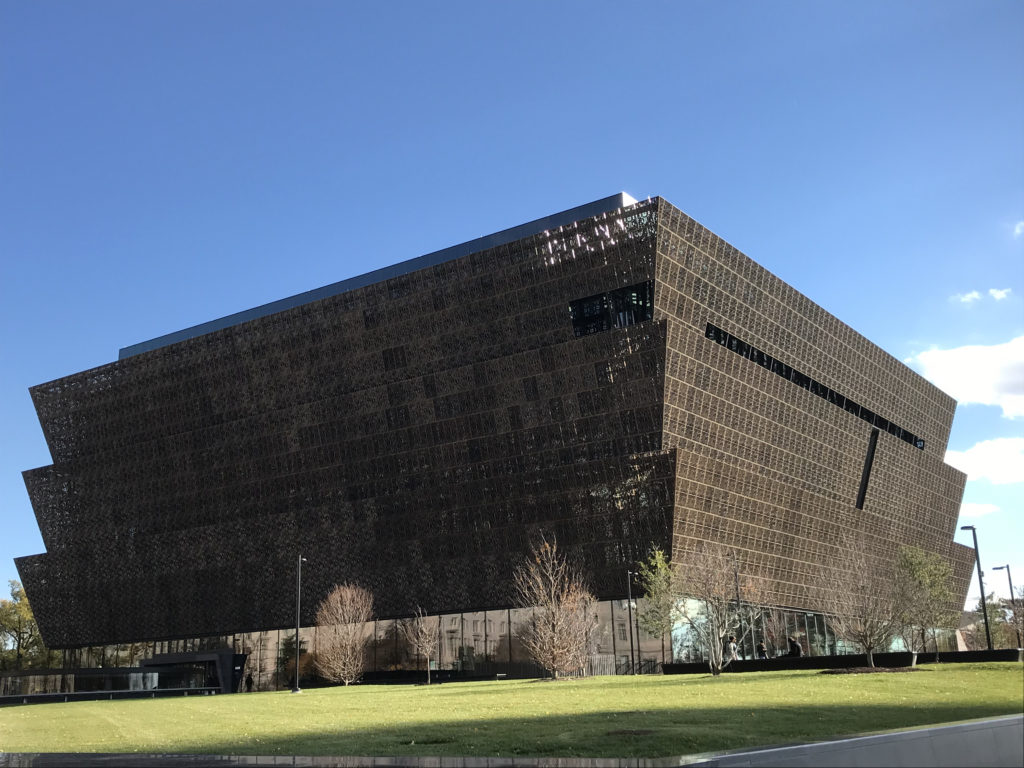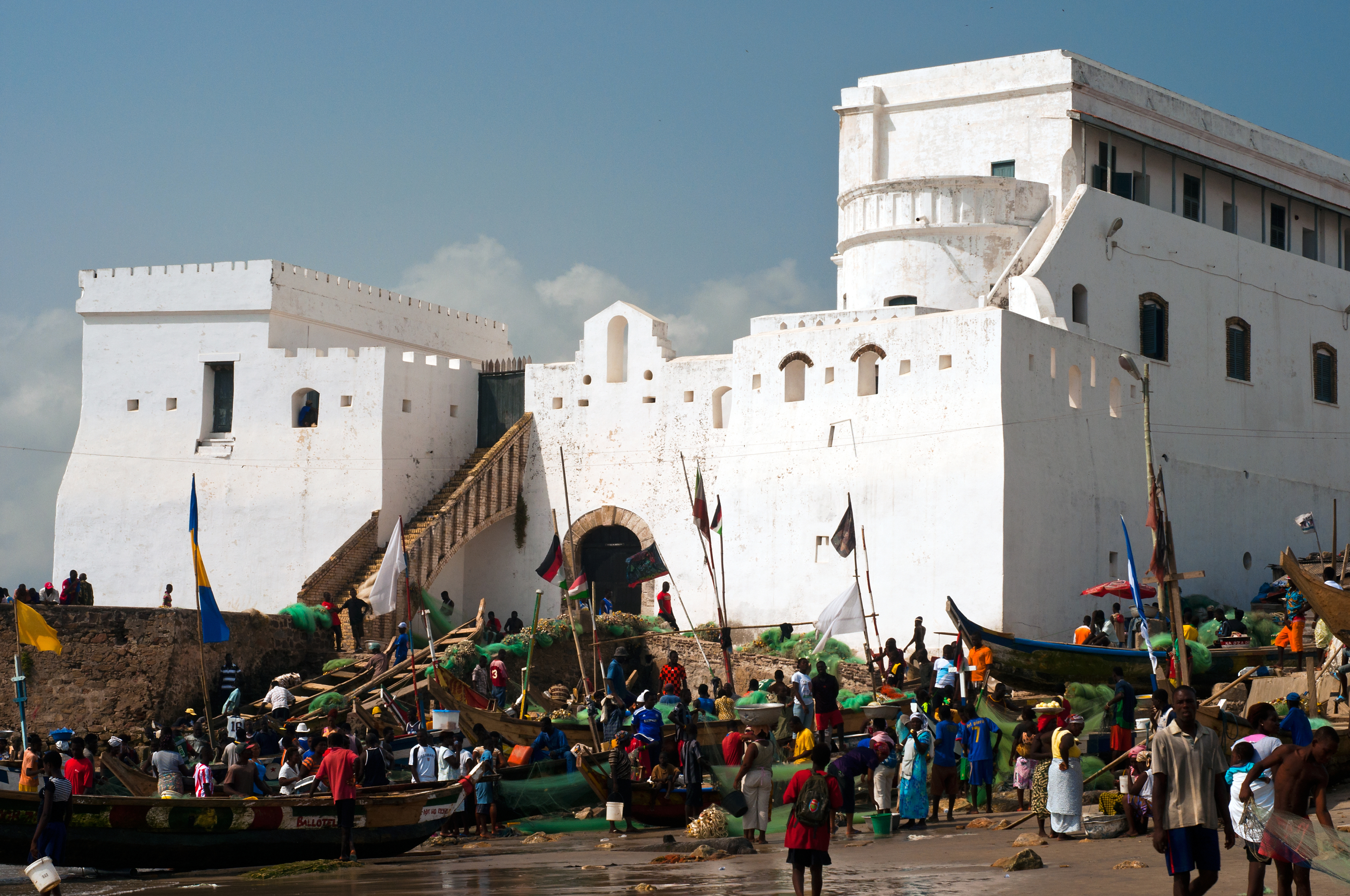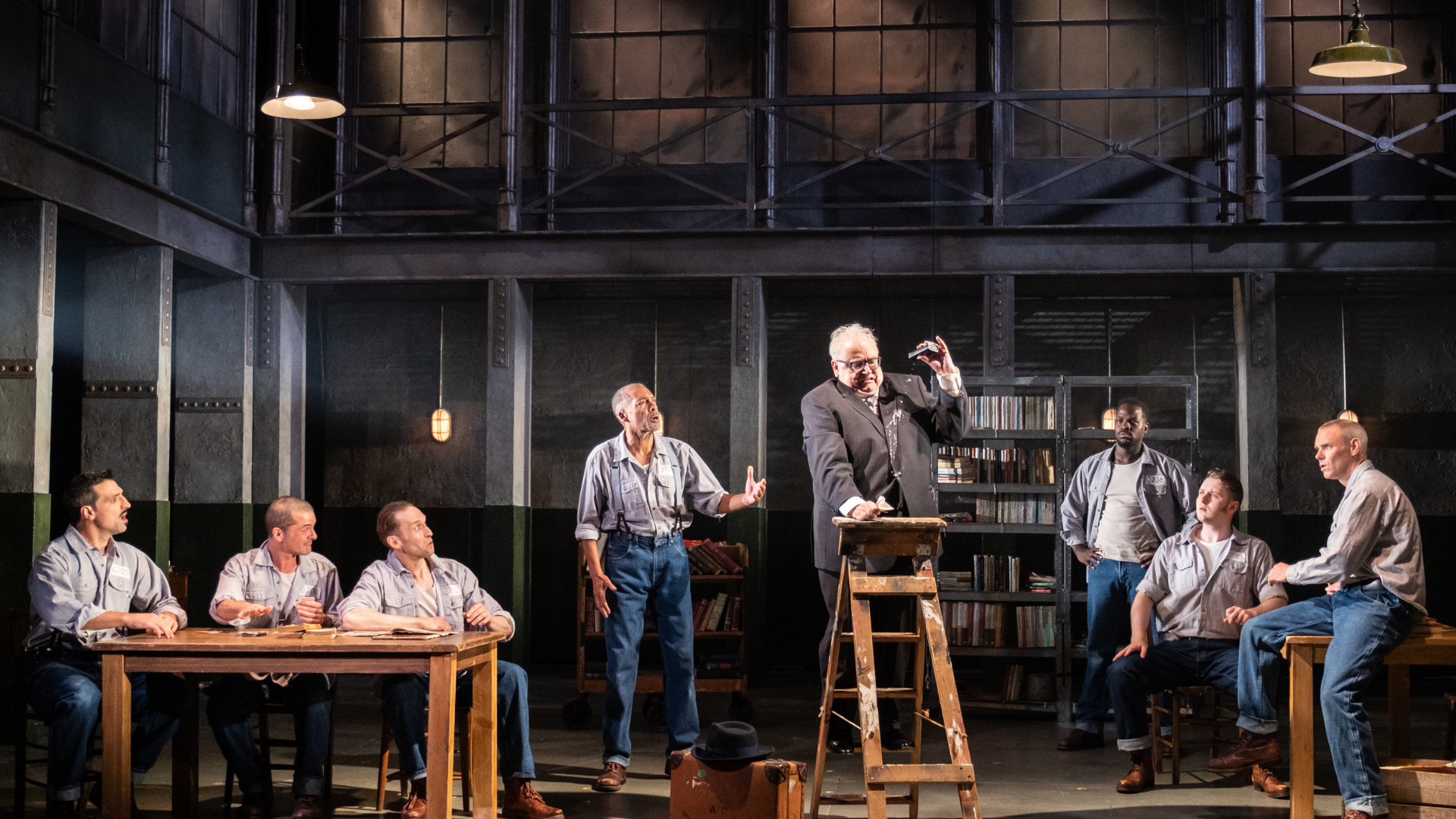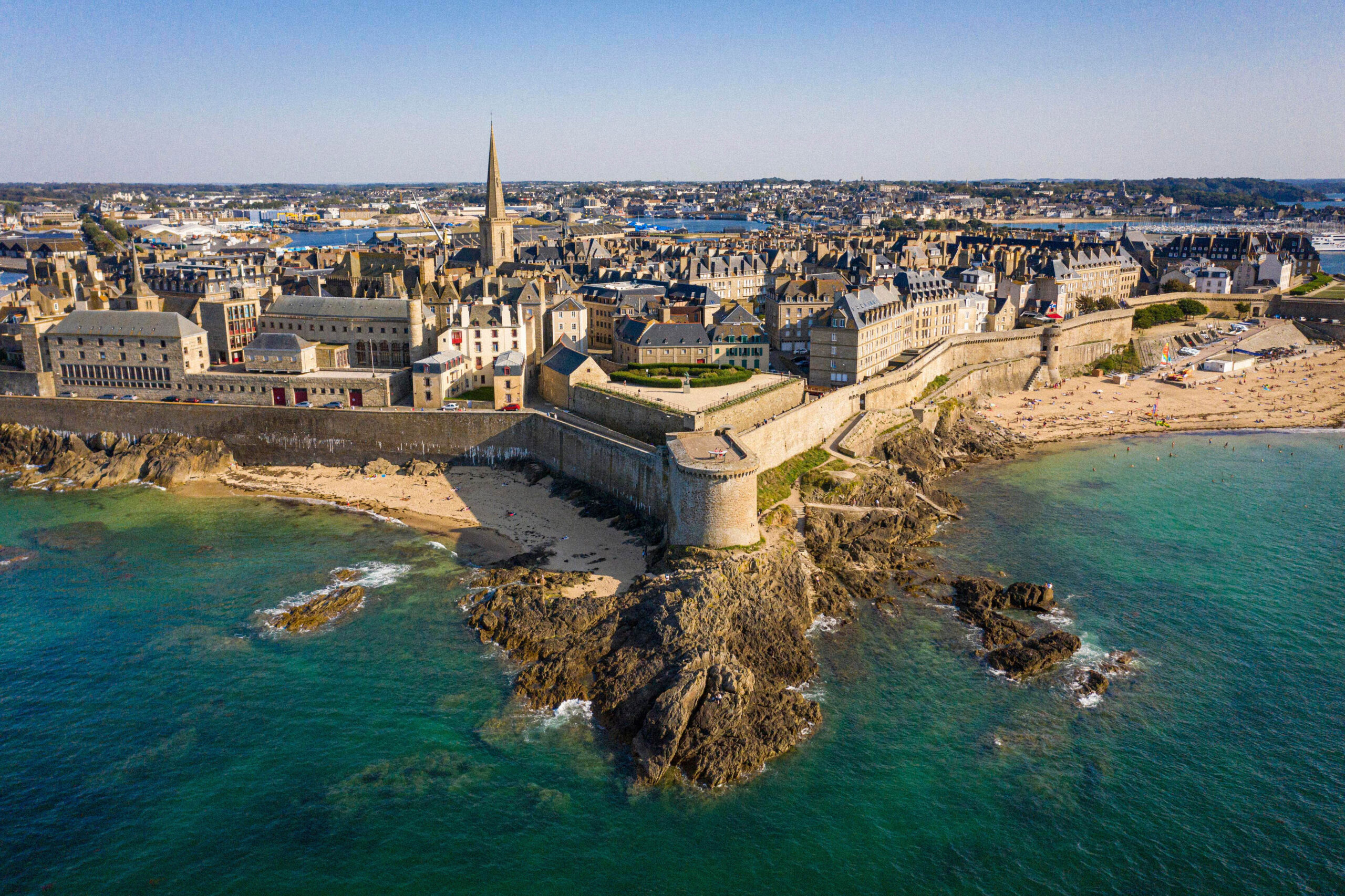Up or down. Stairs steps can separate two worlds. It’s the case at Cape Coast Castle, one of the forts build to protect the slave trade in Ghana. In that whitewashed fortress whose cannons dominate the Atlantic Ocean, the English, soldiers and civil servants, lived and ruled upstairs. Downstairs, in damp and dark dungeons which can still be visited, the captives taken during raids against their villages piled up, ignoring that they would soon be pushed on board slave ships.
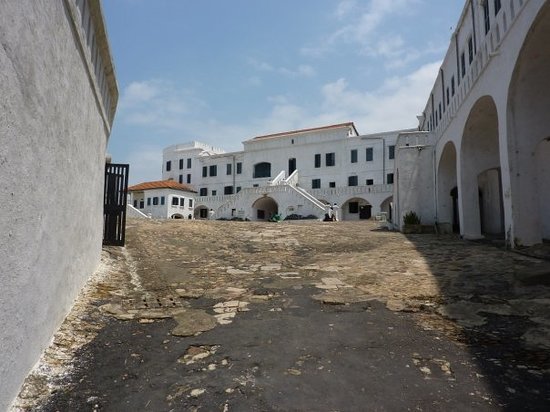
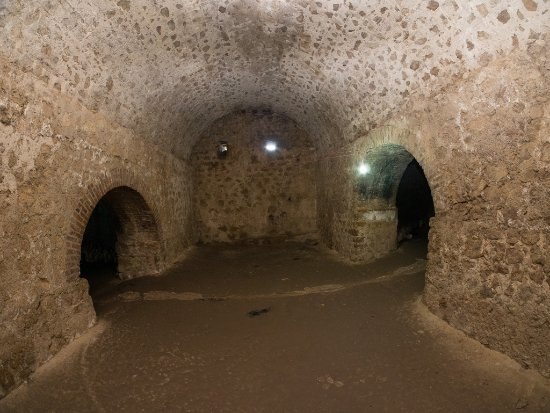
It is less well known that many British had taken local wives, often to seal alliances with chiefs from whom they bought slaves. African women thus lived in comfort upstairs while under their feet others were chained and beaten. This is the starting point of « Homegoing » the amazing debut novel by Yaa Gyasi, a Ghanaian-American writer. The young Effia marries James Collins, the English Governor at Cape Coast who noticed her beauty during a visit in her village. She doesn’t know that she has a half-sister, Esi, who grew up in another village. When it is attacked in a raid by slave traders, her parents are killed, and she is taken to Cape Coast’s dungeons where she would be raped.

The book follows in alternance the family lines of both half-sisters over seven generations, on both sides of the Atlantic, in Ghana and the United States. Each chapter is focused on one of the descendants and is read as a well composed short story. The result is a combination of intimist portraits exploring the lives and emotions of each character, staged to create a breathtaking historical panorama. Those chapters immerse us in turn into the slaves’ existences on Southern plantations, into the wars between the English and the Ashanti kingdom, into the discrimination and segregation under Jim Crow after the Civil War, into the movements for Ghana’s Independence or into the Great Migration of African-Americans from the rural South to the industrial cities in the North of the United States. Through this journey we also get to know less well-known elements of history such as the involvement of several Ghanaians clans in the slave trade or the penitential system in the South perpetuating slavery by condemning to long years of forced labor those who could not pay even a small fine.
This movement across the years made me think of the superb and often moving National Museum of African American History and Culture recently opened on the National Mall in Washington, DC. The visit itinerary starts downstairs in narrow and low-ceiling rooms evoking the confinement in the forts or the slave ships, before starting a gradual rise through Black history in the United States, going from solemn and harrowing moments such as the view of Emmett Till’s casket whose murder in 1955 contributed to crystalize the Civil Rights movements to the celebration of the richness and achievements of African-American culture.
